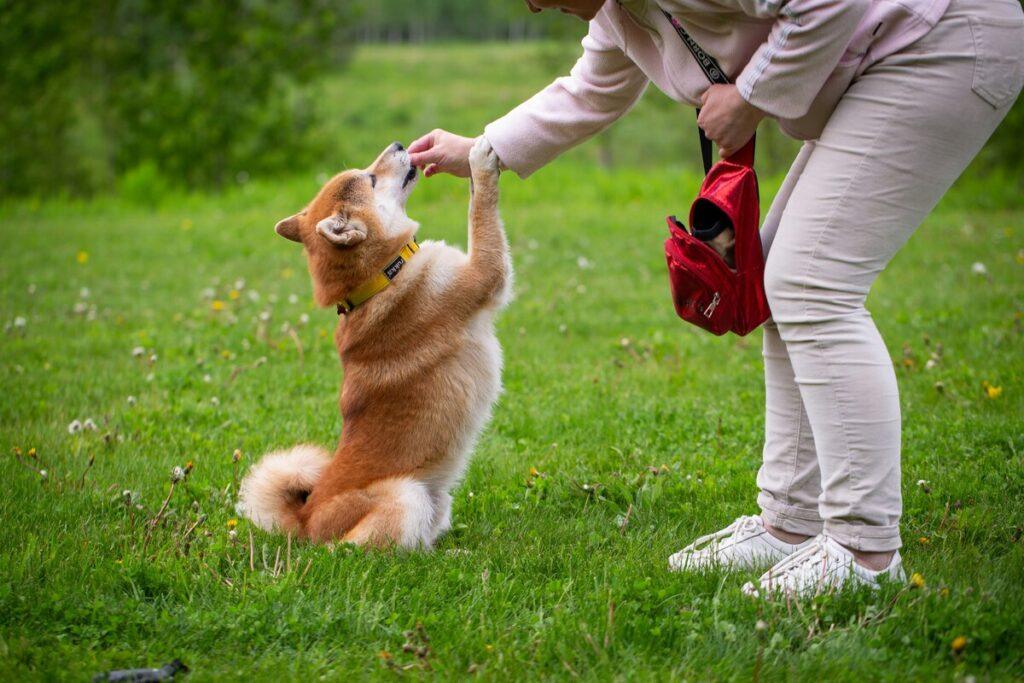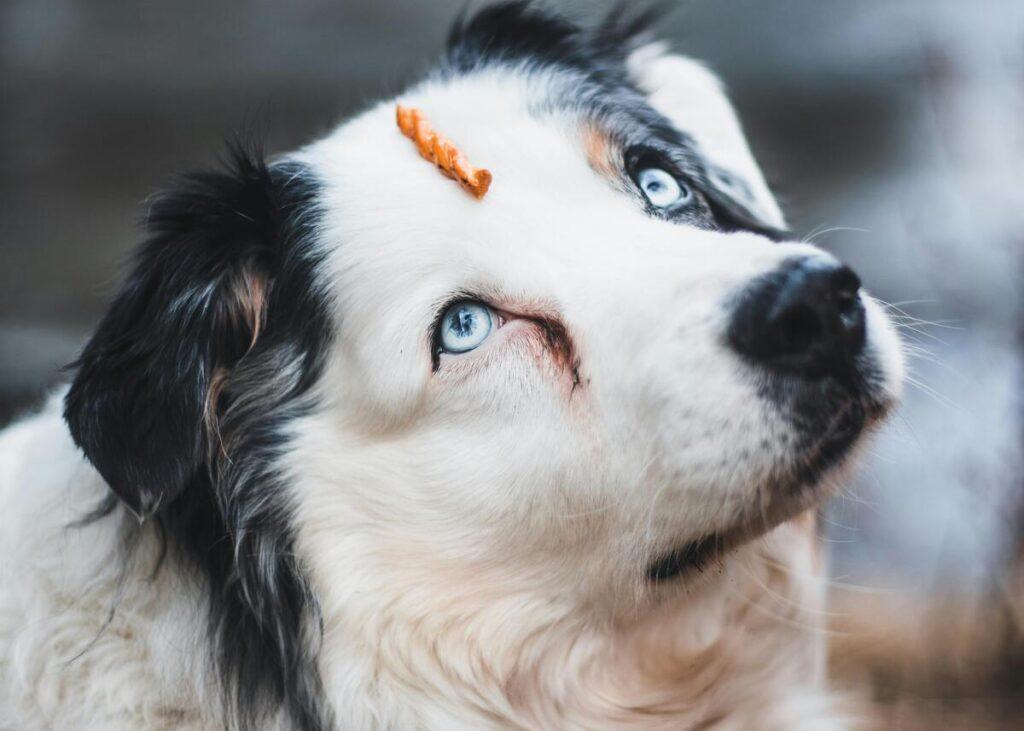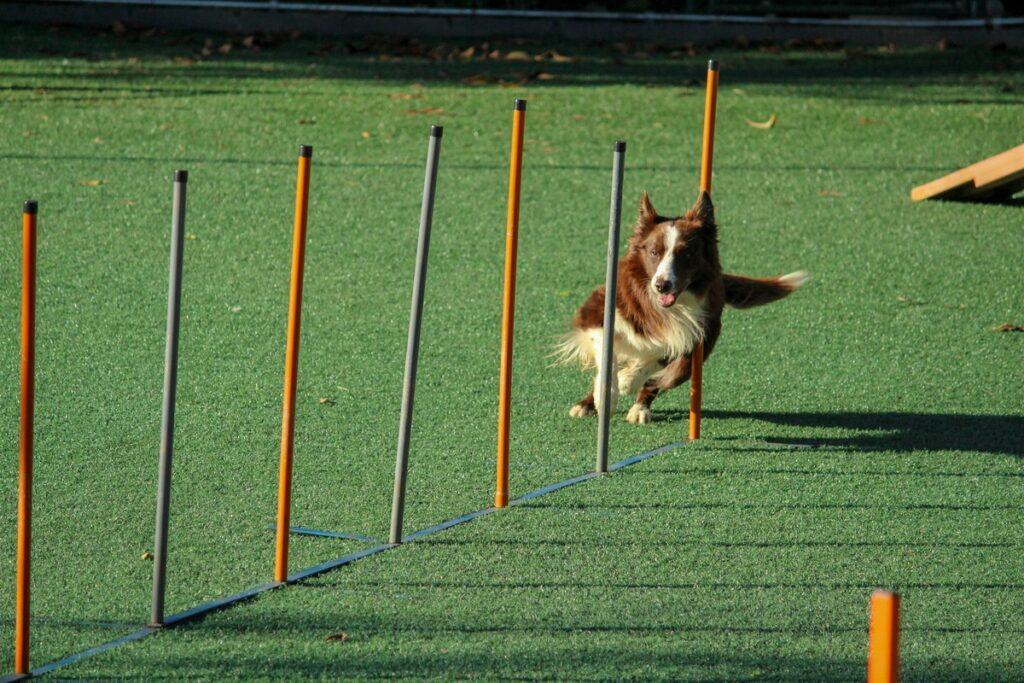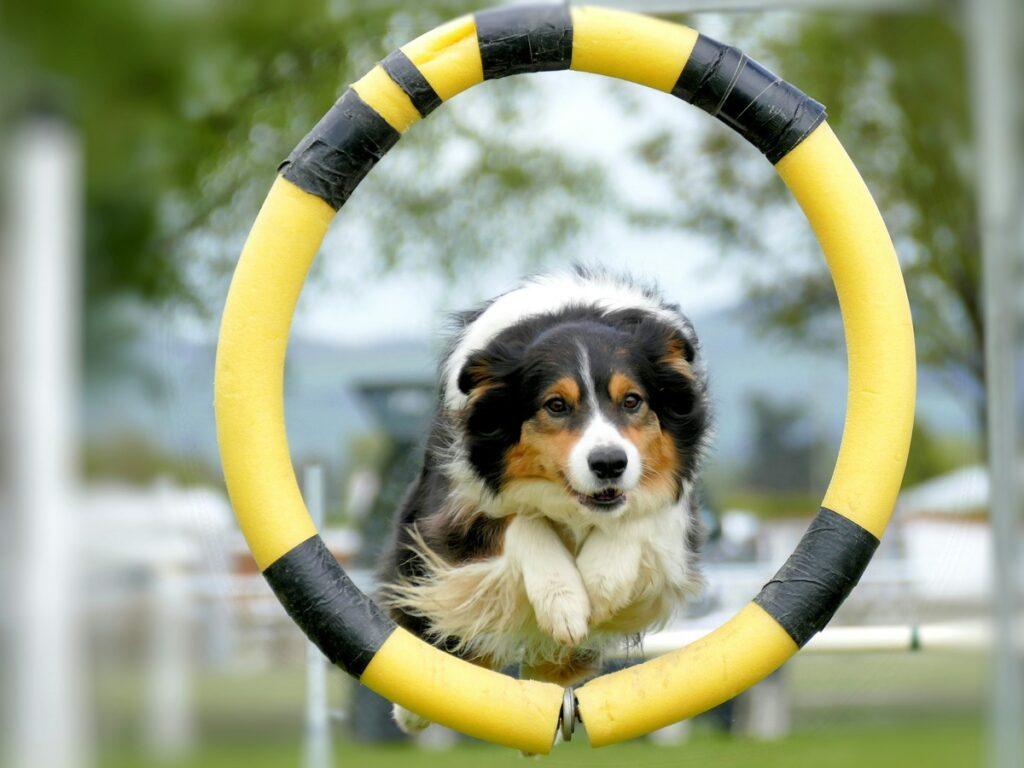How to Choose the Right Training Treats for Your Dog
Looking for the best dog training treats to speed up results and keep your pup motivated? The right treat can make training faster and more enjoyable for both you and your pup.
- Size: Small, bite-sized treats work best so they don’t interrupt training sessions.
- Smell: Strong-smelling treats often grab your dog’s attention more effectively.
- Texture: Soft treats are easier to chew and swallow quickly.
- Ingredients: Choose healthy, limited-ingredient treats without fillers or artificial additives.
If your dog has allergies or dietary restrictions, check out our guide on best dog food for sensitive stomachs for safer alternatives.
Training Treat Tips for Faster Results
Use the following techniques to get the most out of your training treats:
- Keep sessions short: 5–10 minutes is ideal for focus and enthusiasm.
- Reward immediately: Timing is everything—reward within 1 second of the desired behavior.
- Use a variety: Switch between high-value and lower-value treats depending on difficulty.
- Pair with praise: Combine treats with verbal affirmations and affection.
Interested in more techniques? Visit our full guide on dog training and behavior tips.

Common Mistakes When Using Training Treats
- Overfeeding: Too many treats can lead to weight gain. Adjust meal portions accordingly.
- Using the wrong timing: Delayed rewards confuse the dog about what they’re being rewarded for.
- Not phasing out treats: Eventually replace treats with praise or play to avoid treat-dependence.
Pro Tips from Trainers and Dog Owners
- “Break treats into even smaller pieces. You’ll make a bag last longer and reduce calorie overload.” – Mark, professional dog trainer
- “Switch up flavors and textures to keep my pup engaged during longer training sessions.” – Ava, Poodle owner
- “For outdoor sessions, I use a silicone treat pouch clipped to my belt—it saves time and keeps treats fresh.” – Luis, hiking enthusiast
Dog Breeds That Respond Best to Treat-Based Training
While most dogs are food-motivated, certain breeds are particularly responsive to treat-based training methods due to their high drive to please and work closely with humans. Here are a few:
- Labrador Retriever: Known for their eagerness to learn and love for snacks.
- Golden Retriever: Gentle and smart, they excel with positive reinforcement.
- Border Collie: Extremely intelligent and thrives on quick feedback via treats.
- Poodle: Highly trainable and enjoys mental stimulation through reward-based learning.
- Beagle: Though stubborn at times, they respond very well to scent-driven treat training.
Remember, every dog is different. Observe your dog’s reactions and adjust your methods accordingly for best results.
Final Thoughts
Using the best dog training treats in a strategic, consistent way can transform your training experience. Whether you have a new puppy or a stubborn adult dog, treats are an essential motivator. Choose the best dog training treats, time them well, and watch your pup master new commands with ease.
Don’t forget to explore more expert resources on clicker training and potty training tips.
FAQ
What are the healthiest treats for dog training?
Look for single-ingredient treats like freeze-dried liver or small bits of cooked chicken with no additives.
How many training treats can I give my dog per day?
That depends on the dog’s size and daily calorie needs. Treats should make up no more than 10% of total daily intake.
Can I use kibble as training treats?
Yes, especially for routine commands. Save higher-value treats for new or difficult behaviors.
For more vet-backed insights, check out AKC’s official guide on training treats.



